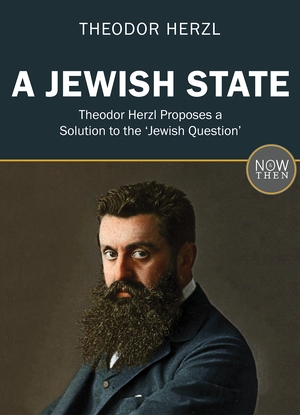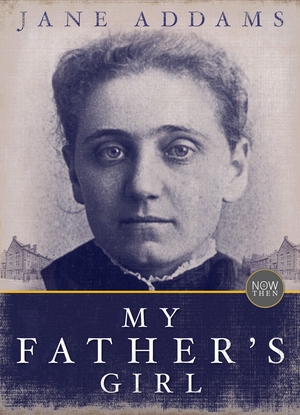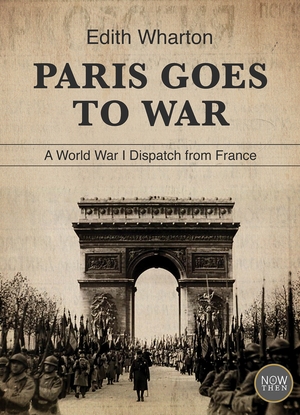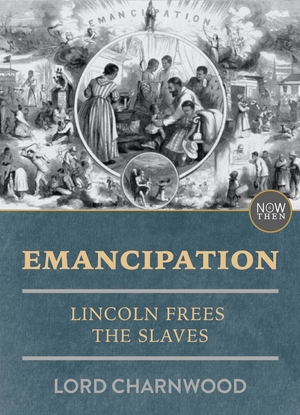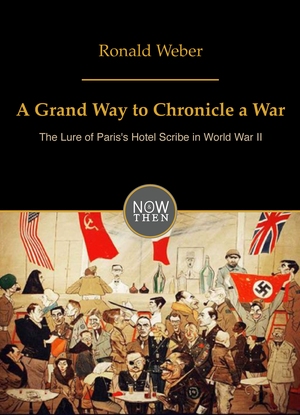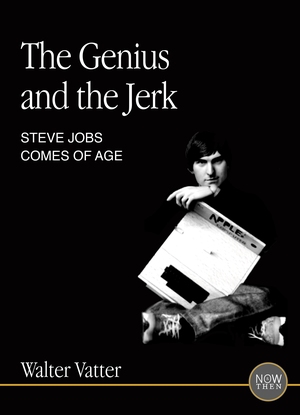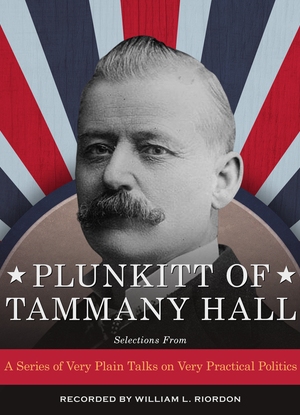The Plight of the Working Class - Preview
The Industrial Revolution Remakes England and Creates a Proletariat
Selections from The Condition of the Working Class in England
by Frederick Engels
THE PLIGHT OF THE WORKING CLASS
The history of the proletariat in England begins with the second half of the [eighteenth] century, with the invention of the steam-engine and of machinery for working cotton. These inventions gave rise, as is well known, to an industrial revolution, a revolution which altered the whole civil society; one, the historical importance of which is only now beginning to be recognised. England is the classic soil of this transformation, which was all the mightier, the more silently it proceeded; and England is, therefore, the classic land of its chief product also, the proletariat. Only in England can the proletariat be studied in all its relations and from all sides. . . .
*
. . . The proletariat was called into existence by the introduction of machinery. The rapid extension of manufacture demanded hands, wages rose, and troops of workmen migrated from the agricultural districts to the towns. Population multiplied enormously, and nearly all the increase took place in the proletariat. Further, Ireland had entered upon an orderly development only since the beginning of the eighteenth century. There, too, the population, more than decimated by English cruelty in earlier disturbances, now rapidly multiplied, especially after the advance in manufacture began to draw masses of Irishmen towards England. Thus arose the great manufacturing and commercial cities of the British Empire, in which at least three-fourths of the population belong to the working-class, while the lower middle-class consists only of small shopkeepers, and very very few handicraftsmen. For, though the rising manufacture first attained importance by transforming tools into machines, workrooms into factories, and consequently the toiling lower middle-class into the toiling proletariat, and the former large merchants into manufacturers, though the lower middle-class was thus early crushed out, and the population reduced to the two opposing elements, workers and capitalists, this happened outside of the domain of manufacture proper, in the province of handicraft and retail trade as well. In the place of the former masters and apprentices came great capitalists and working-men who had no prospect of rising above their class. Hand-work was carried on after the fashion of factory work, the division of labour was strictly applied, and small employers who could not compete with great establishments were forced down into the proletariat. At the same time the destruction of the former organisation of hand-work and the disappearance of the lower middle-class deprived the working-man of all possibility of rising into the middle-class himself. Hitherto he had always had the prospect of establishing himself somewhere as master artificer, perhaps employing journeymen and apprentices; but now, when master artificers were crowded out by manufacturers, when large capital had become necessary for carrying on work independently, the working-class became, for the first time, an integral, permanent class of the population, whereas it had formerly often been merely a transition leading to the bourgeoisie. Now, he who was born to toil had no other prospect than that of remaining a toiler all his life. Now, for the first time, therefore, the proletariat was in a position to undertake an independent movement.
